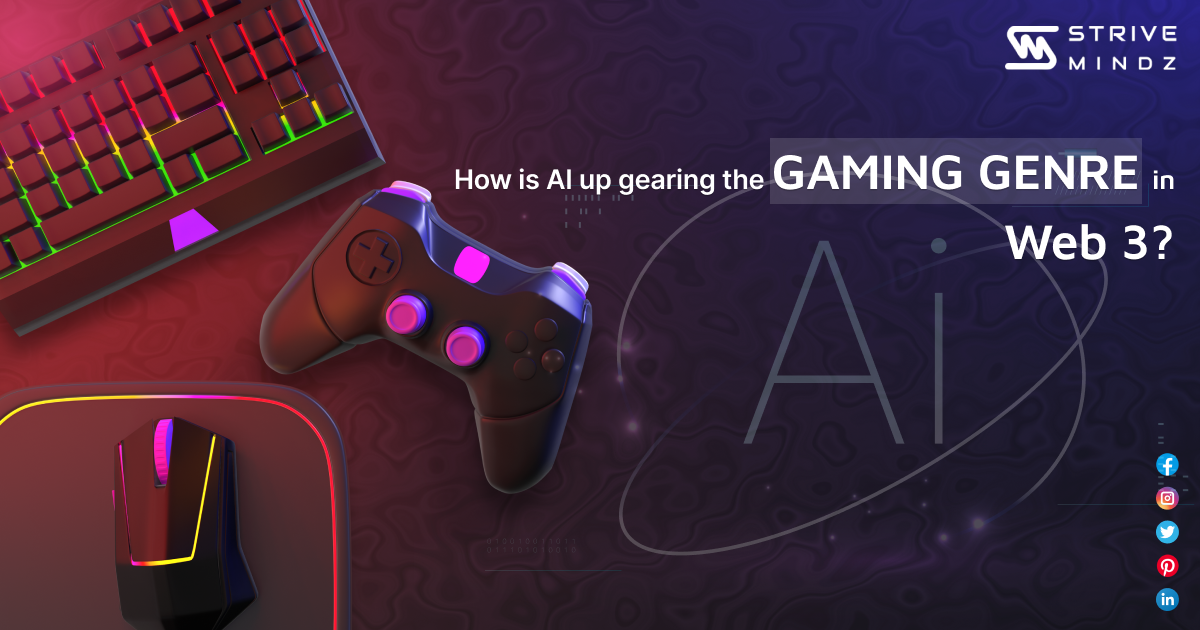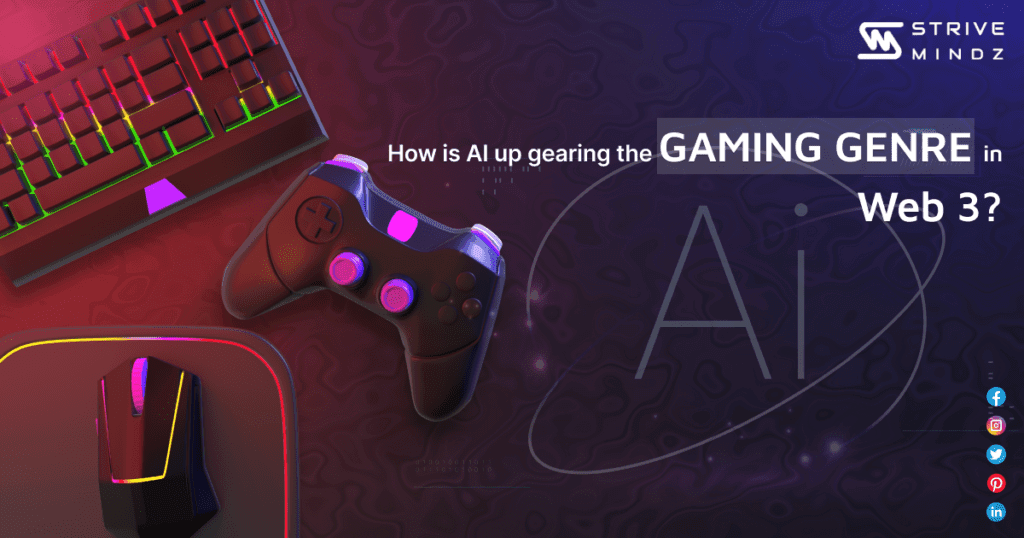

The gaming landscape is evolving rapidly, driven by the convergence of artificial intelligence (AI) and Web3 technology. This intersection is opening new frontiers in gaming, from creating smarter non-playable characters (NPCs) to designing dynamic, ever-evolving virtual worlds. As these technologies merge, they are set to redefine our gaming experiences, offering more immersive, interactive, and personalized gameplay. Here’s a closer look at how AI and Web3 are transforming the world of gaming.
The Role of AI in Web3 Gaming
Artificial intelligence is revolutionizing various industries, and gaming is no exception. In the context of Web3 gaming, AI is enhancing gameplay in several ways:
- Smarter NPCs: Traditionally, NPCs in games followed predefined scripts, reacting to player actions in predictable ways. AI-powered NPCs, however, use machine learning and natural language processing to create more sophisticated and responsive characters. These NPCs can adapt to player behavior, offer unique interactions, and even learn from past experiences to provide a more engaging and personalized experience.
- Dynamic Game Worlds: AI enables the creation of dynamic and evolving game worlds that respond to player actions and external factors. For instance, AI can generate procedurally driven content, such as new quests or environmental changes, based on player behavior. This dynamic approach ensures that the game world remains fresh and exciting, offering players new challenges and experiences.
- Enhanced Game Design: AI tools assist game developers in creating more complex and balanced game mechanics. By analyzing player data, AI can help developers fine-tune game elements, optimize difficulty levels, and design engaging narratives. This results in games that are more enjoyable and tailored to diverse player preferences.
How Web3 Technology Complements AI in Gaming
Web3 technology, which includes blockchain and decentralized networks, brings additional benefits to AI-enhanced gaming:
- True Ownership: The blockchain infrastructure allows for true ownership of in-game assets. AI can leverage this ownership model to offer personalized experiences based on the unique assets a player owns. For example, an AI system could adapt a game’s storyline or quests based on the NFTs or virtual goods a player holds.
- Decentralized Economies: Its games often feature decentralized economies where players can earn and trade cryptocurrencies or NFTs. AI can optimize these economies by predicting market trends, balancing in-game economies, and preventing fraud. This integration ensures that the economic aspects of Web3 games run smoothly and fairly.
- Player Engagement: By combining AI with Web3, developers can create more engaging and interactive experiences. For instance, AI can analyze player behavior and preferences, while Web3 technologies can ensure that players’ achievements and contributions are recognized and rewarded in a decentralized manner.
The Future of AI and Web3 Gaming
As AI and Web3 technologies continue to advance, the future of gaming looks incredibly promising:
- Increased Immersion: AI-driven NPCs and dynamic worlds will lead to more immersive gaming experiences. Players will interact with characters and environments that respond intelligently to their actions, creating a more engaging and lifelike experience.
- Personalized Gameplay: AI’s ability to analyze player data will enable highly personalized gameplay. Web3’s asset ownership will further enhance this personalization by tailoring experiences based on players’ unique assets and achievements.
- Economic Opportunities: The integration of AI and Web3 will create new economic opportunities within gaming. Players can earn rewards, trade assets, and participate in decentralized economies in ways that were previously not possible.
Conclusion
The intersection of AI and Web3 gaming is transforming how we experience games, offering smarter NPCs, dynamic worlds, and personalized gameplay. As these technologies continue to evolve, they promise to create more immersive, interactive, and rewarding gaming experiences. Whether you’re a developer or a player, the future of gaming is bright with the potential of AI and Web3.
FAQs
1. How does AI enhance NPCs in games?
AI enables NPCs to be more intelligent and responsive, adapting to player behavior and offering unique interactions based on past experiences.
2. What role does Web3 technology play in gaming?
The technology, including blockchain, allows for true ownership of in-game assets and supports decentralized economies within games.
3. How can AI impact game design?
AI assists in designing more balanced and engaging games by analyzing player data, optimizing difficulty levels, and creating complex game mechanics.
4. What are some examples of games using AI and Web3 technologies?
Examples include Illuvium, The Sandbox, and Decentraland, which use AI for dynamic gameplay and asset ownership and trade.
5. What does the future hold for AI and Web3 in gaming?
The future promises increased immersion, personalized gameplay, and new gaming opportunities as AI and Web technologies continue to evolve and integrate.




